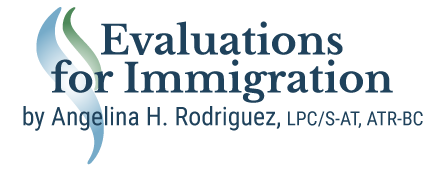Slavery is a modern form of human trafficking. Labor exploitation that involves recruiting or obtaining women, men and children and then forcing them to work against their will through force, fraud, or coercion. Often, trafficking victims are lured by false promises of decent jobs and better lives. Women are particularly vulnerable to human trafficking due to the inequalities they face in status and opportunity around the world.
While some trafficking victims are forced to work in the sex trade, many others are forced to perform other types of labor, such as domestic servitude, factory work, or agricultural labor. As a result of trafficking, victims commonly suffer physical and psychological abuse, including beatings, sexual abuse, deprivation of food and sleep, threats to themselves and their families, and isolation from the outside world.
The victims of human trafficking can be foreign nationals or U.S. citizens trafficked within U.S. borders.
How many people are victims of forced labor and trafficking?
The hidden nature of forced labor and human trafficking makes it extremely difficult to calculate the actual number of victims, but some estimates are available.
It is estimated by the International Labor Organization (ILO) that at any given time, 12.3 million people are victims of forced labor, of whom 2.4 million are trafficked into forced labor.7 The U.S. Department of State estimates that 14,500 to 17,500 people are trafficked into the United States each year.8 However, these statistics do not include those trafficked within the nations borders.
Who are the victims of human trafficking?
Women and children are disproportionately affected by human trafficking worldwide. Poor living conditions, gender discrimination, illiteracy, low levels of education, regional conflicts, and a lack of job opportunities affect many women. Such conditions make women especially vulnerable to human trafficking, i.e., to unscrupulous recruiters and employers who, through force, fraud, or coercion, place them in jobs they did not consent to and from which they cannot freely escape. Around 80 percent of trafficking victims worldwide are women and children, according to estimates.








